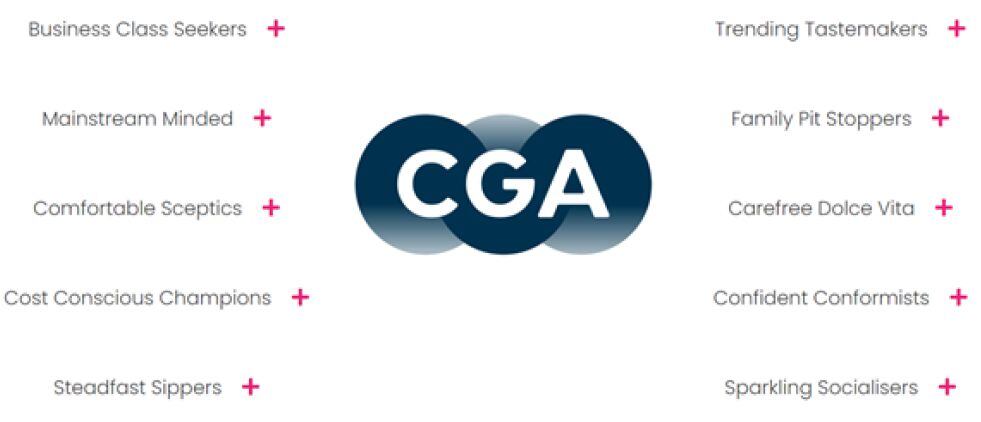The customer journey in hospitality has been completely transformed by technology, the adoption of which has been accelerated by the pandemic.
But understanding how your customers experience your hospitality business is a task that often gets overlooked. This checklist outlines the 5 key steps for mapping your customer touchpoints and creating a seamless customer experience, helping you to understand every step in your customer’s journey.
What is a customer journey map?
A ‘map’ of all the steps a customer takes from the start to the finish of their experience with your pub, bar or restaurant.
The aim of it is to give you a better understanding of how your customers experience your hospitality business, from the moment they start searching for somewhere to go out to eat or drink, to the moment they pay the bill and leave.
Having a better understanding of every step in their journey enables you to identify areas for improvement so you can enhance your customer experience, ensuring consistency and a seamless experience at all touchpoints and across all channels.
The benefits:
- Discover which are the most influential channels and touch points in your customer journey
- Minimise negative customer experiences, through identification of key steps and pain points
- Improve customer loyalty and retention by creating and delivering better or differentiated experiences to your competitors
- Prioritise actions that will have the biggest impact
- Lower customer acquisition costs due to improved customer loyalty
- Happier customers, who spend more
Mapping out your customer journey is important regardless of whether you’re multi-brand, multi-site operator or an independent pub or restaurant, and what’s more, it’s doesn’t cost anything – just time and team work.
So grab a pen and paper and have a look at our 5-step checklist below.

Five Steps to customer mapping success
STEP 1: Define your customer types (personas):
- Draw up a list of your typical customer groups and fill out as many details about each group as you can think of – what are their goals, motivations, key tasks they want to accomplish, likes, dislikes, pain points?
- Consider organising a customer feedback session with representatives from each of your identified persona groups to gain honest feedback on their experiences with your business, with an incentive such as a money-off voucher or free drinks/meal in return for their time
STEP 2: List out every touchpoint in your personas’ buyer journeys
Once you've created a persona document for each of your customer types, you can use them to create a unique customer journey by persona; list out each stage and every single touchpoint of their customer experience with your brand – from start to finish.
This could include searching online for your business, the experience on your website, booking a table, arrival, ordering food, paying the bill, not forgetting any third-party experiences of your brand via services such as Deliveroo or TripAdvisor. Everything you can possibly think of.
For each stage of the journey and for every touchpoint, try to identify:
- What were their goals, what did they want to achieve?
- What did they expect the process would be like?
- The steps they used to complete the stage?
- How did they feel during each touchpoint experience and why?
- How long did it take to complete?
STEP 3: Identify points of friction
Once you’ve understood your persona's goals and written down their touchpoints, walk through each of the journey maps for your customer groups with your team to help identify any points of friction within the customer experience. Does your menu load slowly on your website? Are customers forced to queue to get a table because you don’t take bookings? Are customers left waiting to pay the bill because your team members are busy serving other tables? And so on…
STEP 4: Maximise and improve your touchpoints
Use your identified points of friction to create an action list of improvements. What simple changes can be made to fix the pain points? What communications can be put in place to answer common questions? What technology can be used to solve process challenges and make service efficiencies? Identify and prioritise your solutions and remember to allocate an owner for each.
STEP 5: Revise and monitor
The customer journey mapping exercise doesn’t end there. It’s a long-term commitment to improving your customer experience. Treat your map as a living document to be revisited regularly and updated as required; customers’ wants and needs change, circumstances change (Covid has been a sharp reminder of this). Finally, remember to share it with any relevant internal stakeholders – ensuring the whole team is onboard and behind the initiative will ensure its success.
To find out more about the essential role of technology in customer journey, visit our dedicated resources page: Connecting the Customer Journey.




